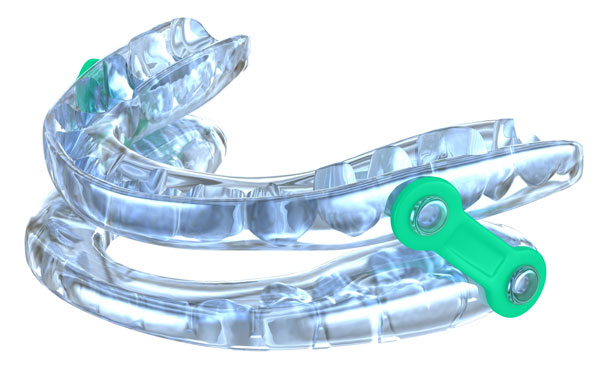
Managing obstructive sleep apnoea in adults
Oral appliance therapy compared with other approaches
Obstructive sleep apnoea is a sleep disorder marked by recurrent interruptions in breathing during sleep, leading to a myriad of health concerns. These episodes, known as apnoeas and hypopnoeas, result from the constriction of the upper airway, causing reduced airflow or complete cessation of breathing.
Obstructive sleep apnoea is often accompanied by symptoms like snoring, increased airway resistance, fragmented sleep, and excessive daytime sleepiness. Moreover, its association with cardiovascular issues such as hypertension, stroke, and heart disease underscores the need for comprehensive research and effective treatment strategies.
Evaluating the severity of obstructive sleep apnoea
Two key parameters are crucial in assessing the severity of obstructive sleep apnoea: overnight sleep monitoring and excessive daytime sleepiness. The Epworth Sleepiness Score is commonly used for subjective evaluation of daytime sleepiness, while the apnoea-hypopnoea index (AHI) objectively quantifies obstructive sleep apnoea through overnight sleep monitoring. The gold standard for diagnosis remains the polysomnography test, which calculates the number of apnoea and hypopnoea episodes per hour of sleep, providing the AHI score.
Treatment options
The range of treatment options for obstructive sleep apnoea is diverse, determined by its severity and tailored to individual needs. These approaches encompass behavioural modifications, weight loss, pharmaceutical interventions, continuous positive airway pressure (CPAP), and various oral appliances. Oral appliances stand out as a preferred choice for primary snoring, mild to moderate obstructive sleep apnoea cases, and for patients who cannot tolerate CPAP therapy.
Oral appliances
During sleep, muscle tone diminishes, causing increased collapsibility of pharyngeal tissues and narrowing of airways. Oral appliances play a pivotal role in preventing this collapse. By stabilising the mandible and pharyngeal structures, they promote upper airway patency, mitigating the disruptions caused by obstructive sleep apnoea. These appliances are categorised into three main groups: soft palate lifters, tongue retaining devices, and mandibular advancing or posturing devices. Among these, mandibular advancing appliances are the most prevalent, known by various names such as mandibular advancement splints or devices.
How do oral appliances compare with other treatments?
An umbrella review is underway to comprehensively assess the efficacy of oral appliances in reducing AHI compared to other interventions in adults diagnosed with obstructive sleep apnoea. This review will compare outcomes with CPAP, surgical procedures, behavioural techniques, non-treated controls, and placebo devices. By analysing existing research, this umbrella review aims to provide a consolidated understanding of the effectiveness of oral appliances as a treatment modality.
The protocol for the umbrella review can be accessed in the August issue of JBI Evidence Synthesis
Ghosh, Parvathy; Janakiram, Chandrashekar; Nilambur Kovilakam, Sapna Varma; Vallikat Velath, Ajith; Kadekuzhi, Sarika
JBI Evidence Synthesis 21(8):p 1624-1631, August 2023. | DOI: 10.11124/JBIES-22-00220
